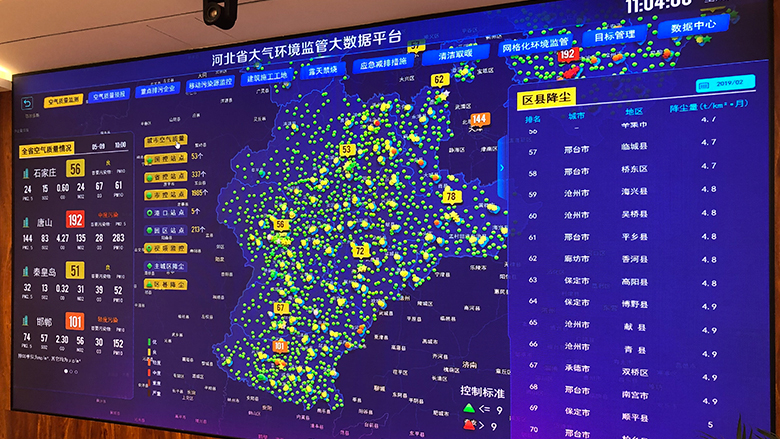Challenge
The World Health Organization (WHO) estimates that 4.2 million premature deaths were caused by ambient air pollution worldwide in 2016, of which 40 percent occurred in China. In 2012, Hebei had an annual average ambient PM 2.5 concentration of 112.9 μg/m3, the highest in the region and the country. Tianjin had a concentration level of 112.7 μg/m3, and Beijing of 88 μg/m3. The annual average ambient PM 2.5 concentration for the Beijing-Tianjin-Hebei (Jing-Jin-Ji) region was three times higher than the new Standard II of 35μg/m3 set by the Government of China. At the time, Hebei’s air pollution challenges were the result of a large concentration of highly polluting industries and vehicles, coupled with a large agricultural sector.
Approach
Hebei was a key region where China has focused its fight against air pollution. In 2013, Hebei announced an ambitious five-year action plan outlining a series of measures to reduce air pollution, across all sectors including reducing industrial air pollution, transport and agricultural emissions. The target was a 25 percent reduction of PM 2.5 concentration by 2018. In 2016, the World Bank approved a US$500 million loan to support the implementation of air pollution reduction measures using the Program-for-Results (PforR) tool, which links loan disbursements to tangible results.
The Hebei Air Pollution Prevention and Control Program has supported effective utilization of the continuous emission monitoring system, which has been established to track and enforce compliance by all major industrial enterprises (more than 2,000) in the province. Data collected through the system is also used by the government to analyze emission trends and inform policymaking. A public information channel allows anyone interested to check emission information on any company.
